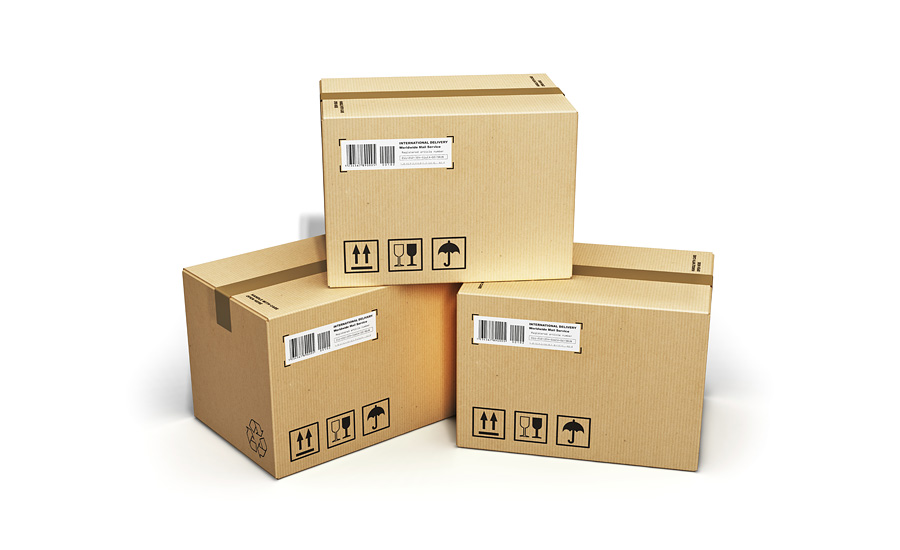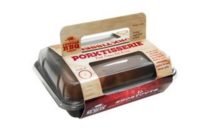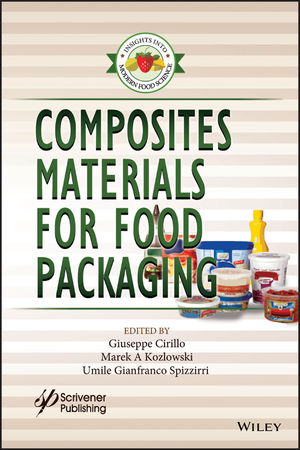Demand for retail-ready packaging is forecast to increase 5.2% annually to $6.2 billion in 2020, outpacing the overall packaging market average, according to a new study, “Retail Ready Packaging,” released from The Freedonia Group, Cleveland, Ohio.
Retail-ready packaging (RRP), also known as shelf-ready packaging, display ready packaging and pallet ready packaging, refers to secondary packaging for retail products that arrives in a manner enabling items to go directly onto the shelf or selling floor without the need for unpacking of inner contents. RRP offers a number of advantages over traditional retail packaging in terms of labor costs, stock handling and product visibility. Gains will be supported by further growth of mass retailers and club stores, and increased food and beverage sales volume in non-traditional outlets such as drug and dollar stores. Additionally, the proliferation of club stores and no-frills deep discount grocery stores will be especially important for RRP, as such stores primarily sell merchandise directly from secondary packaging and require vendors to ship products in RRP.
Among major RRP product types, corrugated boxes, which represent more than 50% of total demand, will provide the strongest opportunities.
“Growth will be supported by expansion in the retail user base and the increased presence of value-added box types,” according to Esther Palevsky, analyst.
Gains for retail-ready corrugated floor displays, folding cartons and reusable plastic containers (RPCs) will be more moderate than those for boxes, but will still be helped by overall retail trends promoting greater use of RRP.
Food is the predominant market for RRP, accounting for almost three-fourths of demand in 2015. Through 2020, growth in food uses will be fueled by labor cost savings resulting from reduction of product handling requirements during stocking. In addition, disruptive trends in the U.S. food retailing landscape will bode well for RRP. Among such trends is the increasing competition that traditional supermarkets face from a host of alternatives, including club stores, deep discounters, mass retailers, drug stores, farmers’ markets and e-commerce vendors. Increased openings of smaller-format locations by mass retailers will also promote gains for RRP, as these stores carry a more limited product selection than their traditional counterparts and have fewer employees. These stores can benefit from RRP’s ability to speed stocking of shelves and increase shelf space efficiency.









